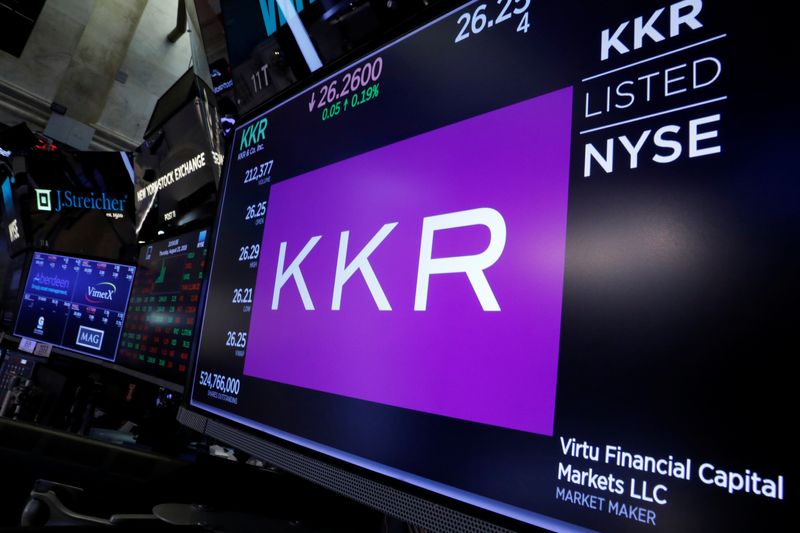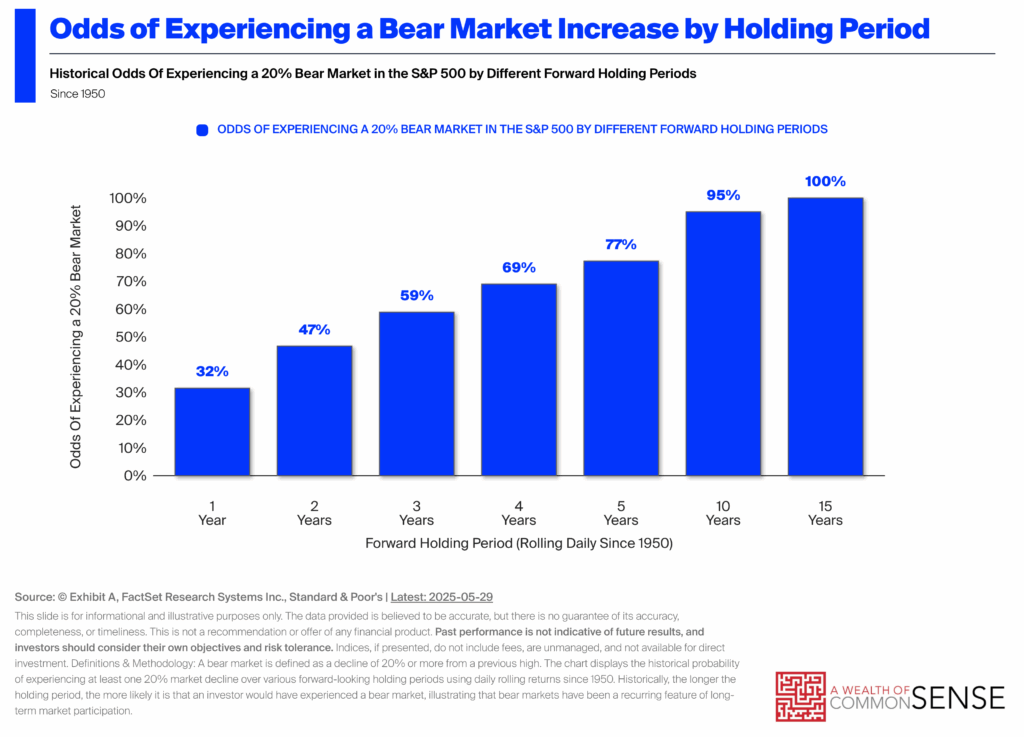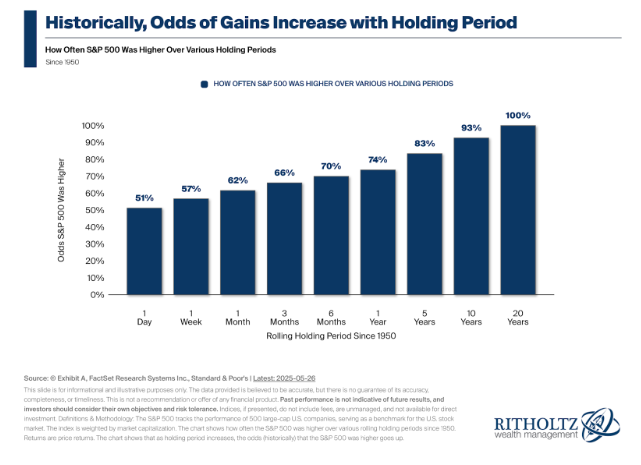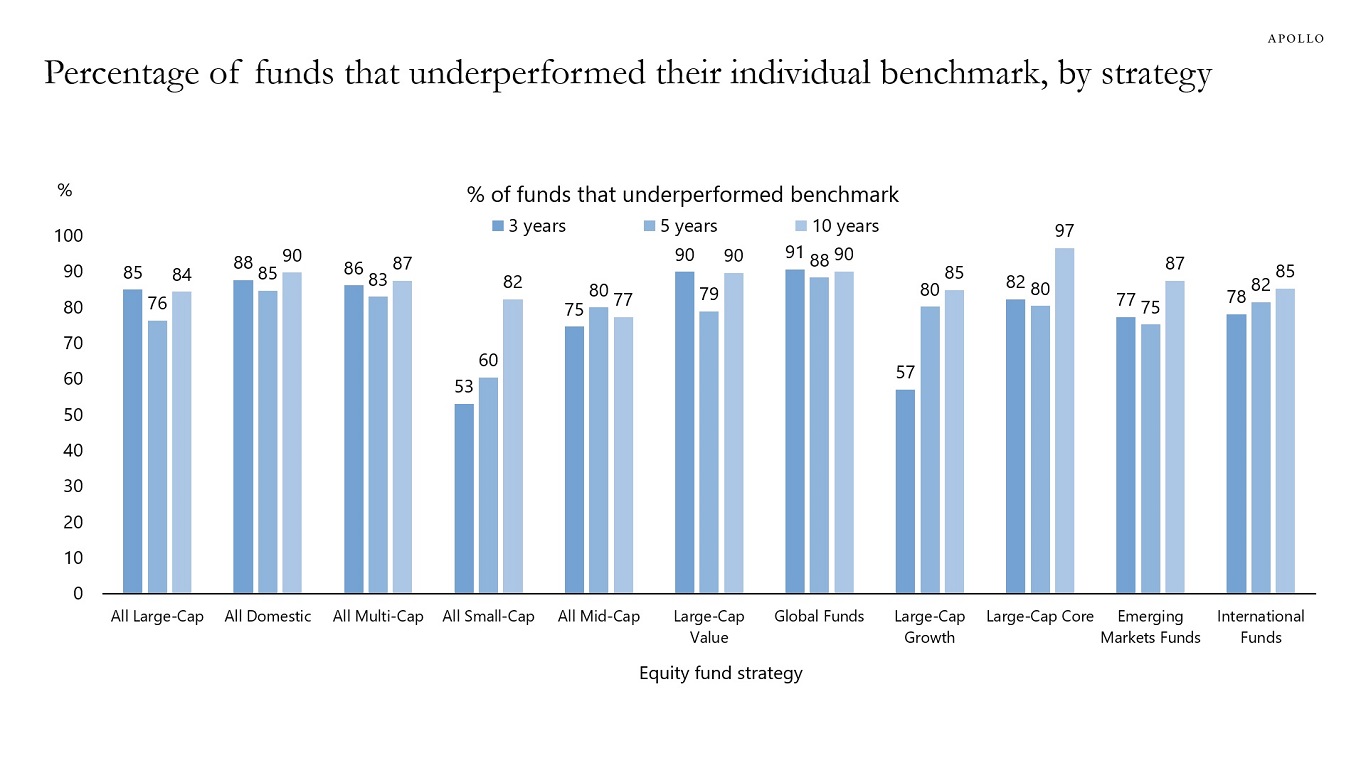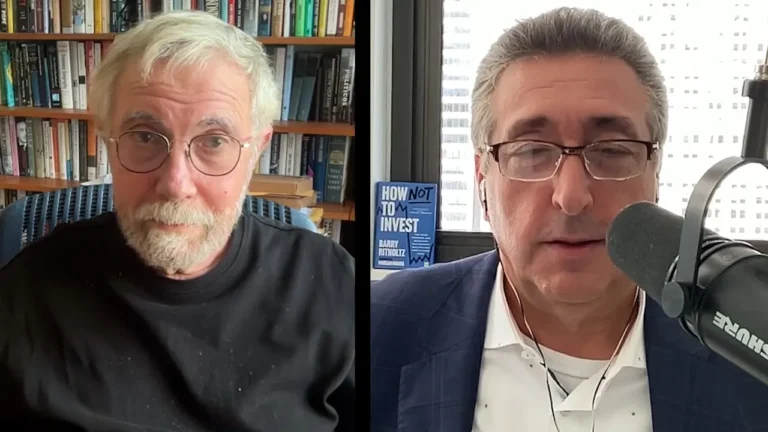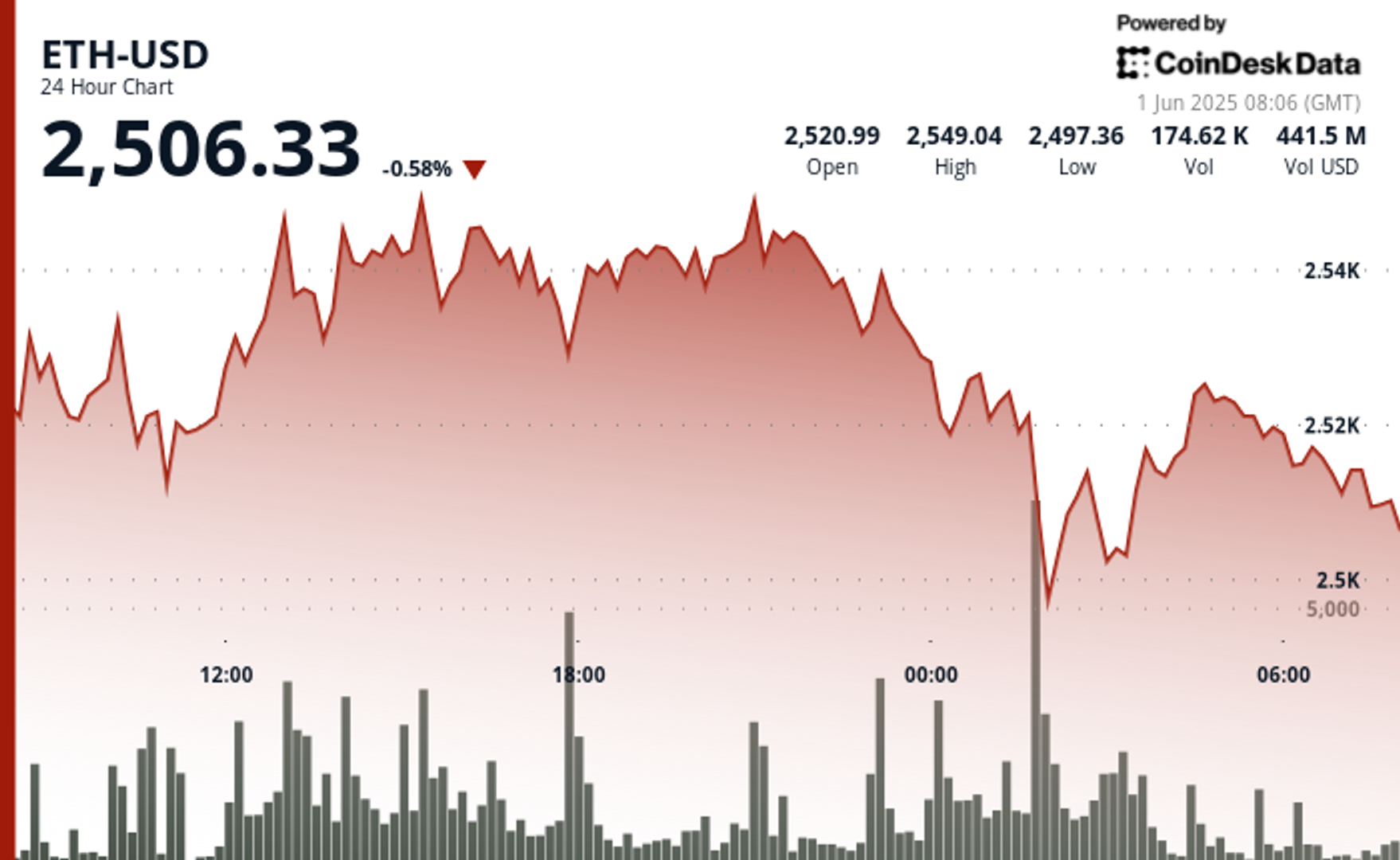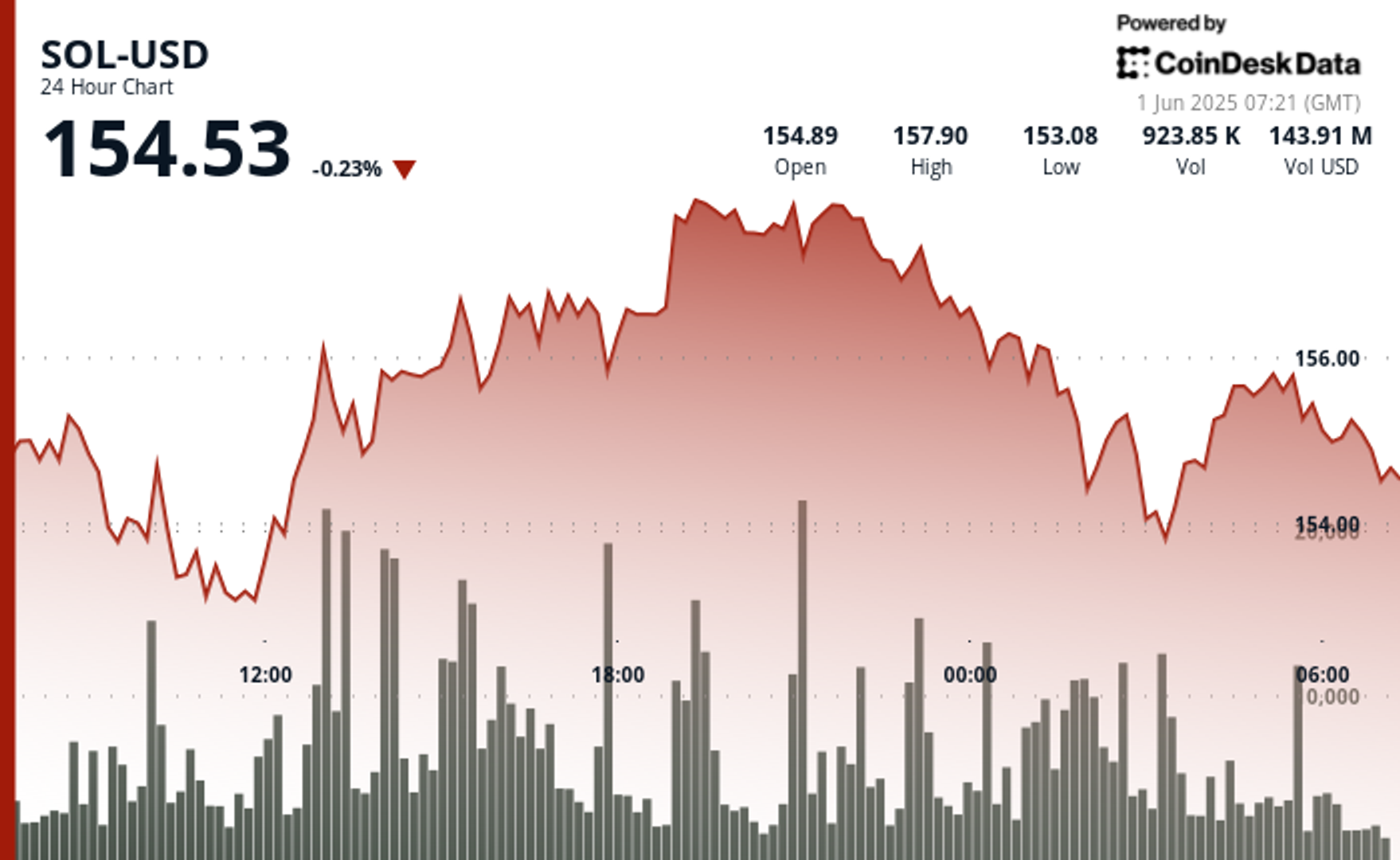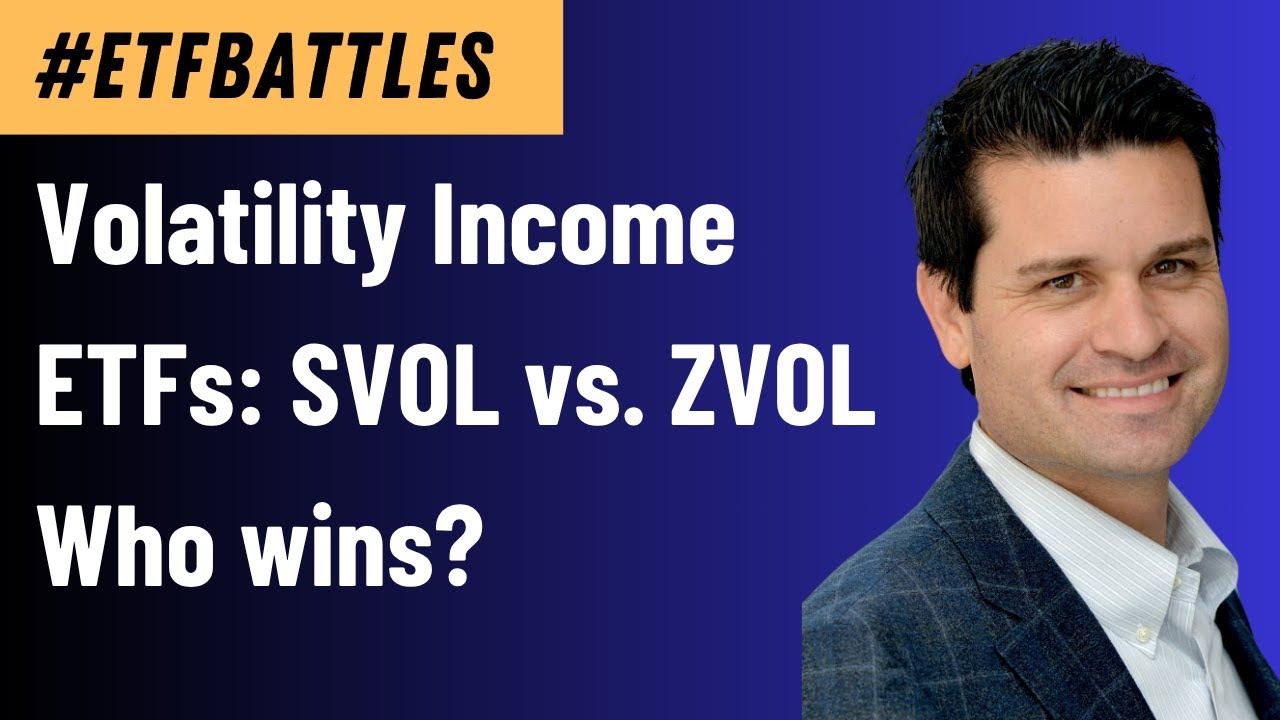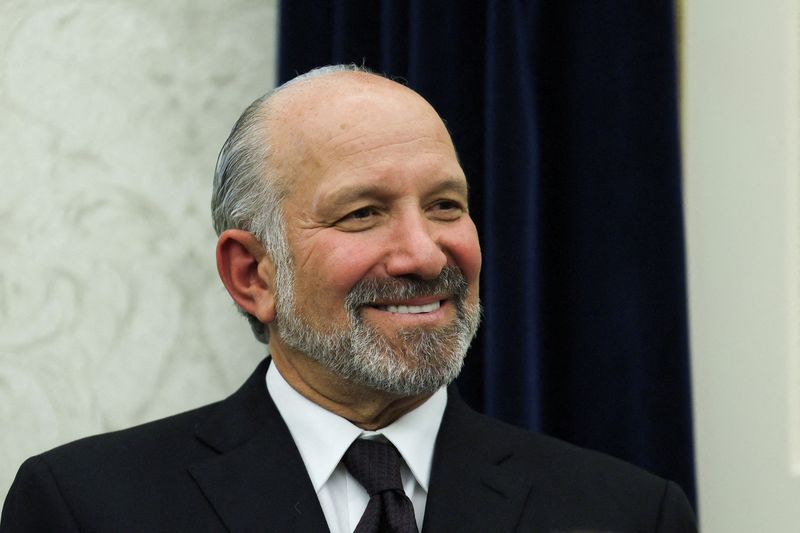Three Vanguard ETFs Poised for Growth in 2025
Vanguard founder John Bogle has earned the title, “the father of index investing” due to his pioneering efforts to create Exchange Traded Funds (ETF) that track various market indexes and can act correspondingly as vehicles for investors. Vanguard has become the second largest private asset manager in the world after BlackRock, largely on its huge […] The post Three Vanguard ETFs Poised for Growth in 2025 appeared first on 24/7 Wall St..

Key Points
-
Vanguard’s ETFs are some of the most popular in the industry among individual investors seeking value and growth, commensurate with their underlying indexes.
-
While word of mouth among friends and from social media may tout both positive and negative opinions, objective research and matching suitability criteria for one’s personal goals and risk tolerance levels is the key to satisfactory portfolio creation.
-
Comparing (3) Vanguard ETFs side by side is a good way to make sure that performance and portfolio composition criteria meet one’s goals, so that one can then weigh more subjective details in their final selection process.
-
Are you finding research about retirement goals and strategies intimidating? SmartAsset’s free tool can match you with a financial advisor in minutes to help you answer all of your questions today. Each advisor has been carefully vetted and trained to assess your questions and advise you on the best ways to accomplish your goals and serve your interests. Don’t waste another minute – get started by clicking here.(Sponsor)
Vanguard founder John Bogle has earned the title, “the father of index investing” due to his pioneering efforts to create Exchange Traded Funds (ETF) that track various market indexes and can act correspondingly as vehicles for investors. Vanguard has become the second largest private asset manager in the world after BlackRock, largely on its huge and successful catalog of ETFs. Bogle’s charisma and proselytizing the benefits of ETFs and Index investing has even spawned a legion of loyal followers, who have been unsurprisingly dubbed, “Bogleheads”.
With “Boglehead” fans proliferating on various social media forums touting their favorite Vanguard ETF vehicles, it can be difficult for a new investor to discern the differences between various ETF offerings, what their pros and cons are, and how to best select the one(s) that suit their burgeoning portfolio. As part of the popularity of ETF investing stems from its appeal to the DIY minded investor, individual research to best match one’s own goals, preferences, and risk tolerance is an important step to building a satisfactory portfolio.
A look at three growth oriented Vanguard ETFs that show signs of breaking out this year on a bull run each tracks a different index. Past 24/7 Wall Street articles and other sites have covered each of these ETFs in considerable detail, but looking at three different ones for comparison’s sake and not in isolation can be a benefit. A side by side comparison can objectively quantify past performance and current stock inclusion criteria. Once these statistics are in mind and taken into account, sifting through subjective accounts and personal advice becomes easier to discern the less tangible differences for finalizing the selection process. Details below are based on market price at the time of this writing.
Vanguard S&P 500 ETF
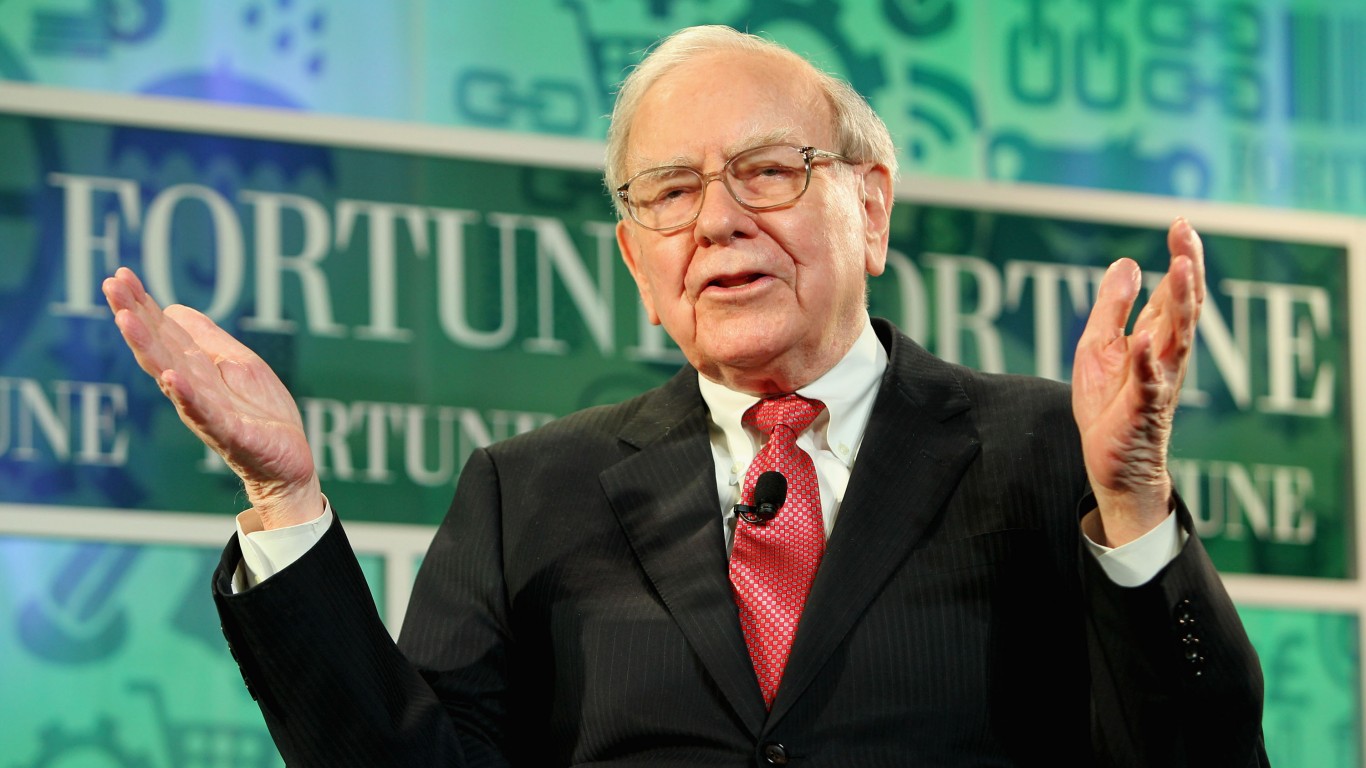
The Vanguard S&P 500 ETF (NYSE: VOO) started in September 2010, and has since become the largest ETF, in terms of Assets Under Management, in the entire industry – $44 billion more than its nearest rival, the SPDR S&P 500 Trust (NYSE: SPY). It is currently one of the most popular and widely held ETFs in the world among retail investors, including Warren Buffett (he reportedly holds it in his wife’s portfolio). VOO’s tracking of the S&P 500 index has delivered sizable double digit growth for millions of portfolios over the past several years.
|
Dividend Yield |
1.37% |
|
Dividend Payment Frequency |
Quarterly |
|
52-week high |
563.92 |
|
52-week low |
442.80 |
|
AUM |
$659.19 billion |
|
Daily Trade Volume Average |
9.051 million shares |
|
Beta (5 year) |
1.00% |
|
1-Year Return |
12.06% |
|
5-Year Return |
15.57% |
|
10-Year Return |
12.28% |
|
Inception Date |
9/07/2010 |
|
Inception Price |
$17.68 |
|
Expense Ratio |
0.03% |
Top 5 Sector Weightings:
- Technology – 31.71%
- Financial Services – 13.97%
- Healthcare – 10.86%
- Consumer Cyclical – 10.41%
- Communication Services – 9.47%
VOO’s top 5 largest holdings include:
- Apple Inc. – 6.76%
- Microsoft Corporation – 6.22%
- NVIDIA Corporation – 5.65%
- Amazon.com Inc. – 3.68%
- Meta Platforms Inc. Class A (Facebook) – 2.55%
Vanguard Total Stock Market ETF

While the Dow Jones Industrial Average and the S&P 500 Indexes are the most familiar to lay people, many institutional and experienced individual investors follow a variety of other indexes to reflect their specific market interests. The Vanguard Total Stock Market ETF (NYSE: VTI) is an ETF whose benchmark is the CRSP US Total Market Index. This is meant to include large cap, microcap, and everything in between, so as to be representative of the entire US corporate stock market.
|
Dividend Yield |
1.37% |
|
Dividend Payment Frequency |
Quarterly |
|
52-week high |
$303.39 |
|
52-week low |
$236.42 |
|
AUM |
$475.82 billion |
|
Daily Trade Volume Average |
4.539 million shares |
|
Beta (5 year) |
1.02 |
|
1-Year Return |
11.26% |
|
5-Year Return |
15.03% |
|
10-Year Return |
11.62% |
|
Inception Date |
5/24/2001 |
|
Inception Price |
$10.00 |
|
Expense Ratio |
0.03% |
The top 5 sector weightings for VTI are:
- Electronic Technology – 30.13%
- Financial Services – 14.33%
- Healthcare – 11.15%
- Consumer Cyclical – 10.36%
- Industrials – 8.86%
VTI’s top 5 holdings are:
- Apple Inc. – 5.96%
- Microsoft Corporation – 5.49%
- NVIDIA Corporation – 4.71%
- Amazon.com, Inc. – 3.28%
- Meta Platforms Inc. Class A (Facebook) – 2.24%
Vanguard S&P Growth Index Fund ETF Shares
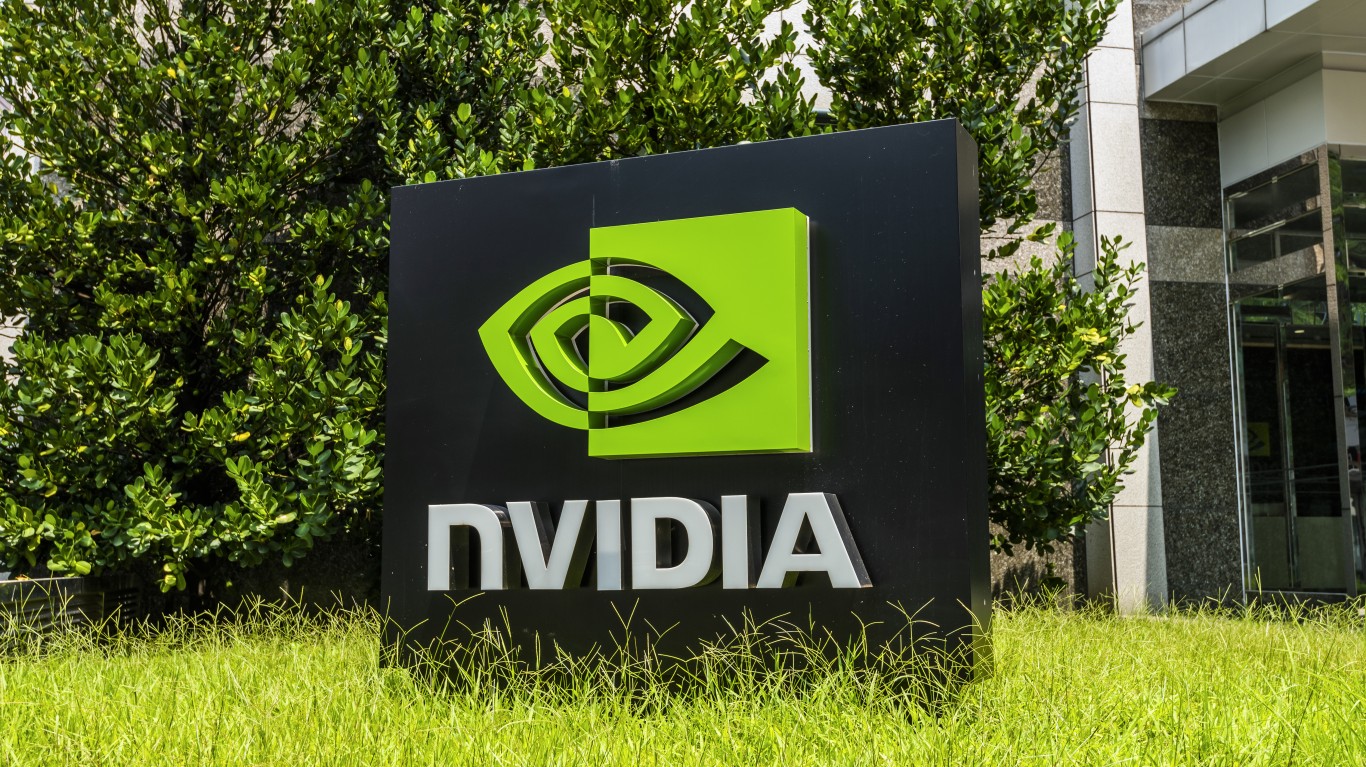
While the S&P 500 has become heralded over the past two decades for its overall growth rate and its praise from Warren Buffett, Charlie Munger, and other investing icons, it is still inclusive of stocks that are huge by market cap size but are better known for dividends (i.e., Altria – 6.83% yield), or key industry (i.e., Boeing – aerospace) than for unbridled growth. The S&P 500 Growth Index is a subsector of the S&P 500 Index. It cherry picks S&P 500 member stocks and singles them out as growth stocks based on the following criteria:
- Sales Growth
- Ratio of Earnings Change to Price
- Momentum
The Vanguard S&P Growth Index Fund ETF Shares (NYSE: VOOG) tracks the S&P 500 Growth Index. Based on the above criteria, the amount of new contracts and market enthusiasm to accelerate price appreciation on good news, for example, will influence a stock’s ranking in the S&P 500 Growth Index more than overall market capitalization.
|
Dividend Yield |
0.60% |
|
Dividend Payment Frequency |
Quarterly |
|
52-week high |
$386.44 |
|
52-week low |
$286.00 |
|
AUM |
$14.96 Billion |
|
Daily Trade Volume Average |
350,185 |
|
Beta (5 year) |
1.06 |
|
1-Year Return |
17.40% |
|
5-Year Return |
15.93% |
|
10-Year Return |
14.05% |
|
Inception Date |
9/07/2010 |
|
Inception Price |
~$53.00 |
|
Expense Ratio |
0.10% |
VOOG Top 5 Sector Weightings:
- Technology – 39.44%
- Communication Services – 14.64%
- Financial Services – 12.63%
- Consumer Cyclical – 11.97%
- Industrial – 7.27%
The top 5 largest VOOG holdings include:
- NVIDIA Corporation – 11.00%
- Microsoft Corporation – 6.30%
- Apple, Inc. – 6.05%
- Meta Platforms Inc. Class A (Facebook) – 4.96%
- Amazon.com Inc. – 4.16%
As the allocations show, NVIDIA’s and Meta Platforms’ growth rates give them higher ranking within VOOG than VOO, which ranks by market cap size.
Head to Head: VOO vs VTI vs VOOG

The below chart shows how VOO, VTI, and VOOG compare over the long haul as of 5/23/2025,, predicated on a common baseline start date of 9/09/2010:
|
Category |
VOO |
VTI |
VOOG |
|
Overall Return |
+591.22% |
+558.00% |
+764.87% |
|
$10K investment now: |
$69,121.58 |
$65,800.38 |
$86,487.39 |
|
Largest ROI Year |
+32.39% (2013) |
+33.45% (2013) |
+35.89% (2024) |
Clearly, VOOG’s focus on growth has delivered unequivocally larger gains of $16,000 to almost $21,000 more over the same roughly 15 year time span over VOO and VTI. However, the focus on growth comes with commensurately greater risk. For example, in 2022, the year where the market experienced its biggest recent downturn, VOO was down -18.17%, VTI was down -19.52%, and VOOG dropped the most, notching -29.48%: a nearly 50% steeper drop. Also, although it is outside the common baseline starting date of 9/09/2010, VTI registered a -36.99% drop in 2008, the year of the subprime mortgage banking meltdown.
Although the index-based design of ETFs have diversification intrinsically built into their portfolios, the underlying indexes themselves are probably worth some research scrutiny by prospective DIY investors to determine portfolio choices of ETFs for inclusion. The above info will hopeful serve as an objective benchmark for reference as one delves deeper into the particulars of each ETF for criteria of appeal or aversion to arrive at the final cut qualifiers.
The post Three Vanguard ETFs Poised for Growth in 2025 appeared first on 24/7 Wall St..





































